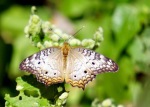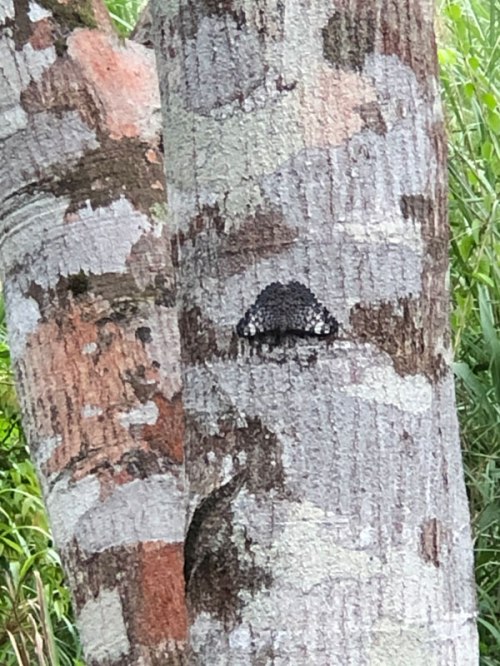The HUISACHE tree is blooming in Texas. Shall I handpick a ton (or 2 or 3) of those small orange flowers and press the oil out of them? These trees have a pleasant, fresh, violet-like smell which drifts on the breeze, tickling your nose and your memories.
First, here is how the Egyptian cultures did it …”Traditional Egyptian practice involves pressing the plant material, then burying it in unglazed ceramic vessels in the desert for a period of months to drive out the water. The water has a smaller molecular size, so it diffuses through the ceramic vessels, while the larger essential oils do not. The lotus oil in Tutankhamen’s tomb, which retained its scent after 3000 years sealed in alabaster vessels, was pressed in this manner.” WIKIPEDIA
In the 1800’s the French perfumers imported Huisache trees and cultivated them in order to extract the oils and use them in perfumes. They devised a method of crushing the flowers with coconut oil or cocoa butter to extract the scent. That is why the oil was priced at $4,400/ kilogram (2.2 pounds). This product was called cassie oil. I invite you to come to Texas and gather a few tons of tiny, fluffy, orange balls and press the oil out of them….or just cover yourself in coconut oil and rub lots of orange flowers on yourself until you achieve the scent you want. You might attract a Crimson patch butterfly. Perhaps you will have a White Peacock butterfly land on you so you do not have to chase this flitter, flitter, fly-away guy around a 100 acre garden in order to photograph him. Anything is possible!
-

-
Huisache Tree in Bloom
-

-
Huisache Tree Blossoms
-

-
D.L. with Huisache Tree
-

-
Crimson Patch Butterfly
-

-
White Peacock Butterfly
Read Full Post »























